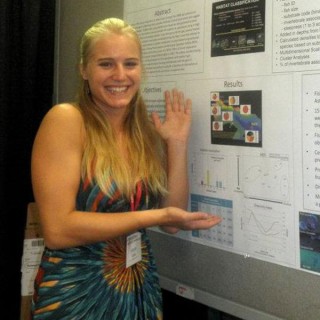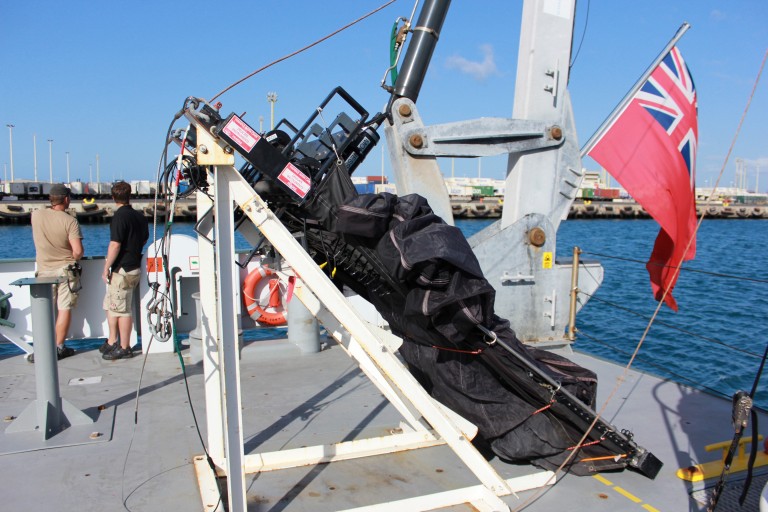
What is a MOCNESS?
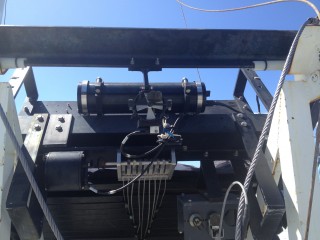
MOCNESS is an acronym that stands for Multiple Opening and Closing Nets and Environmental Sampling System. Basically, it is a set of nets stacked on top of each other in a single frame that can be towed behind a ship. Scientists can trigger each of these nets to open independently of each other. In addition to the nets themselves, there are several instruments mounted to the frame of the MOCNESS. The instruments provide scientists with sampling data about the ocean environment such as depth, temperature, salinity, and how much water has passed through the nets.
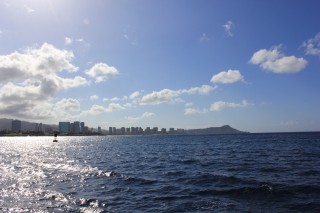
The MOCNESS delivers data in real time, which allows scientists to control exactly where the nets are and what they are sampling. MOCNESS systems come in various sizes and setups. The one that we have onboard the Falkor has a total of 10 nets on a one meter squared frame. Other systems exist with fewer, larger nets and much larger openings (e.g. 10 square meters). The type of system used depends on what you want to catch. Organisms such as small fishes and squids are often faster and more mobile, so in order to catch these animals you need larger nets. On the other hand, to sample slower, smaller organisms like zooplankton, you can use smaller nets and finer mesh sizes. Small organisms such as zooplankton is what we are interested on this research expedition. Some of the common zooplankton we hope to collect in the MOCNESS include larval fishes, arrow worms, copepods, invertebrate larvae (such as baby crabs or lobsters), and jellyfish.
Investigating communities within the ocean layers
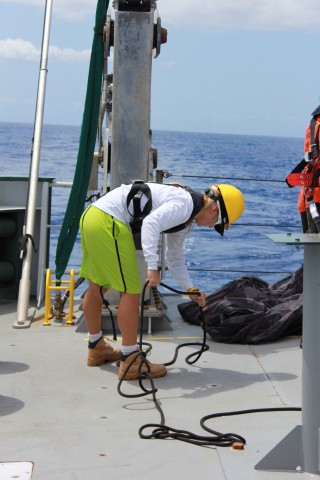
A MOCNESS is one of the only ways to get “depth stratified sampling,” or samples from specific water depths. More conventional sampling techniques such as traditional nets provide valuable data; however, a lot of information is lost due to the net remaining open during its tow. This makes it impossible to separate your samples with no information about which collected animals came from certain depths. Additionally, the depth of the net and how long it remained at that particular ocean layer during deployment is unknown. This information can be really valuable when studying the open ocean, an environment where things are more or less in constant change depending on depth. The MOCNESS helps to overcome these barriers, allowing scientists to examine ocean communities that inhabit specific layers of the open ocean and investigate differences between these living habitats.
Me and my MOCNESS
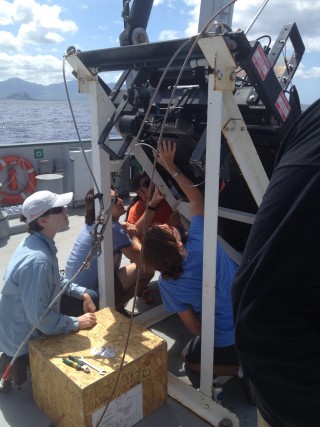
The MOCNESS has its own computer system that is allowing scientists aboard Falkor to monitor the tow in real time. This requires special wires and computer programs that are integrated with the ship. There are many important components needed to deploy a MOCNESS including an A-frame and winch, which can be found at the back of the ship. These parts work together to pick up the system off the deck, move it over the water, and gently lower it in. Many components must work together smoothly in order for a successful deployment.
The science team and Falkor crew worked hard today to get the MOCNESS up and running. We are finally all set up, and will deploy the first tow this evening.
